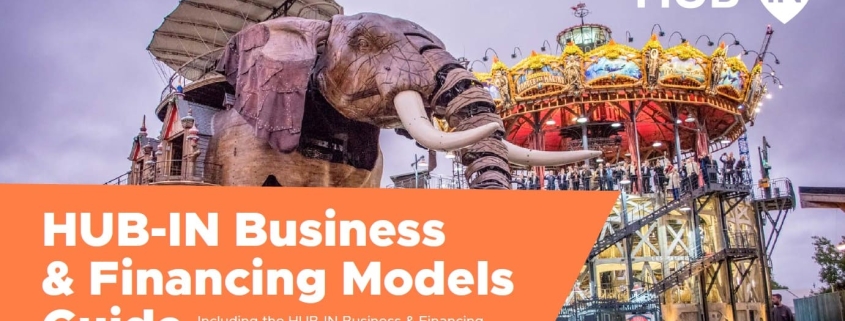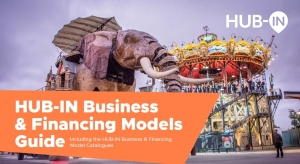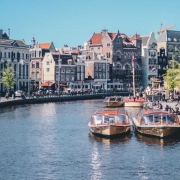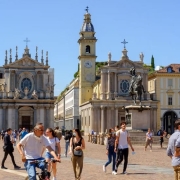HUB-IN | Business, Financing & Governance Models for Heritage-Led Regeneration
About HUB-IN : Mission and Vision
The project ‘Hubs of Innovation and Entrepreneurship for the Transformation of Historic Urban Areas’ (HUB-IN) aims to foster innovation and entrepreneurship in Historic Urban Areas (HUA), while preserving their unique social and cultural identity and the environment.
HUB-IN adopts innovation and entrepreneurship as the main drivers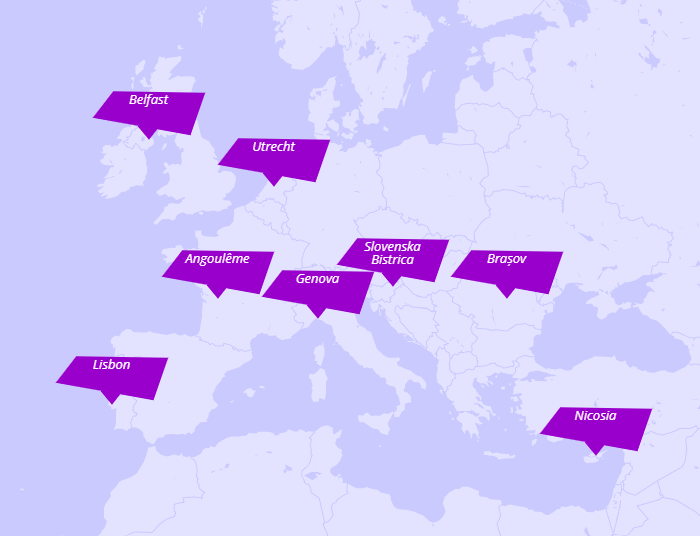 of urban regeneration in HUAs and is fully aligned with European and international policy.
of urban regeneration in HUAs and is fully aligned with European and international policy.
HUB-IN expects to contribute to reverse trends of abandonment and neglect of historic heritage in cities in a systemic way through the creation of networks of Hubs where innovation will be the main driver. The project will also have a direct impact on the creation of new sustainable opportunities for local traditional businesses and for the development of new creative skills and jobs.
How can innovative and entrepreneurial actions contribute to the sustainable transformation and heritage-led regeneration of Historic Urban Areas? HUB-IN operates a network of hubs in such areas. Through these hubs, HUB-IN incubates and unlocks the innovative entrepreneurship that makes heritage-led regeneration possible. The project values heritage as a powerful catalyst for transformational change. By building on the ‘spirit of the place’, HUB-IN can meet the needs of residents whilst attracting investment, jobs and improving quality of life.
A Guide on Entrepreneurship & Innovation
Heritage-led regeneration requires financing, suitable business models and good governance. Published in February, 2022, this guide provides readers with business, financing and governance models across Europe. The road ahead lead to HUB-IN places that have ignited innovation and entrepreneurship, while preserving their unique cultural, social and environmental identities and values.
The business, financing and governance model cases presented in this guide provide actionable insights into the ways these models are being used throughout Europe to enable heritage-led regeneration. The Heritage Finance Ecosystem provides a starting point for exploring the many funding and financing opportunities that are present today.
HUB-IN experiments with new business, financing and governance models, combining traditional public funding streams with other sources of funding such as crowdfunding, while contributing to their city’s inclusive and sustainable development.
Financing Sources of HUB-IN cases and Crowdfunding
Rule number one when it comes to financing urban heritage regeneration is that there usually is a mix of financing and funding sources. Co-financing is the norm. The main financing sources are public, private and community funding, including crowdfunding.
Based on the first 40 cases collected in the HUB-IN Atlas, almost all cases receive some form of public funding, half of all cases receive private funding and about a quarter of the cases receive some form of community funding.
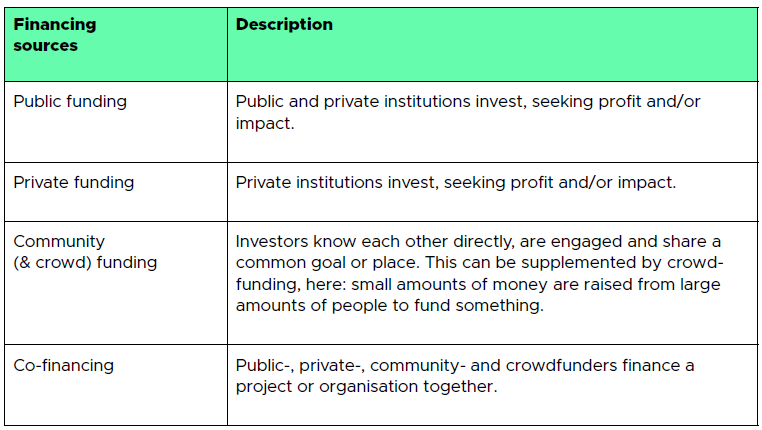
Different financing sources – Based on 40 HUB-IN Atlas cases
Crowdfunding plays an important part in the financing process of HUB-IN cases, which collect funds from a community through crowdfunding. In crowdfunding, money is raised from a large number of people, who each contribute a relatively small amount. In Bucharest, Romania, NOD Makerspace ran several crowdfunding campaigns to finance different elements of the initiative, such as the materials library and specific projects (i.e. MATER, which is considered to have put together the largest crowdfunding campaign in Romania).
Two of CrowdfundingHub’s experts, Pieter van de Glind and Ronald Kleverlaan, have co-published the HUB-IN Business, Financing & Governance Models Guide. A detailed analysis of financing sources and financing models is also shared in the guide, including different financing instruments, descriptions and concrete examples of each financing instrument.
Conclusion
The business, financing and governance model cases presented in this guide provide actionable insights into the ways these models are being used throughout Europe to enable heritage-led regeneration. The Heritage Finance Ecosystem provides a starting point for exploring the many funding and financing opportunities that are present today.

